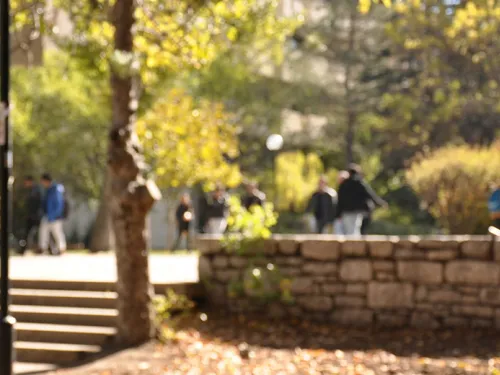by: Oren Segal
December 17, 2014
Malala. Ferguson. Immigration. Ebola. Voter ID Laws. Climate Change. These are just a few of the topics teachers are regularly and actively bringing into their classrooms.
Whether they teach English, Social Studies, Advisory or another subject and whether they have five minutes or decide to do a week- long study, teachers know that topics in the news will engage and interest students in a deep and meaningful way. Research shows that current events instruction has a long list of benefits for students including skill development in reading, writing, vocabulary, critical thinking, media literacy, speaking and listening. It also helps to develop lifelong informed citizens and interest in the news.
Young people want to be part of the public conversation and talk about what’s current and in the news. Current events instruction provides an opportunity to connect the present with the past; address important topics like bias, bullying, diversity and social justice; and build critical social and emotional skills like emotions management, empathy and ethical decision-making.
Julie Mann is a high school teacher in New York City. She teaches a Human Rights class and brings a wide range of topics, events and stories to her students, most of whom are recent arrivals to the United States and English Language Learners.
In October when Malala Yousafzai won the Nobel Peace Prize, Julie decided Malala would be a great person for her students to learn more about, as a youth activist who advocates for girls’ education. Julie wrote a Donors Choose grant to provide copies of I Am Malala for all of her students and taught ADL’s Who Is Malala Yousafzai? lesson with her students. Students learned more about Malala’s background, perspective and what she stands for by reading an article and watching her 2013 speech at the United Nations. Then, students read and reflected on some of Malala’s most significant quotes, talked about their meanings and made posters out of the quotes.
Because many of Julie’s students are from the three “Northern Triangle” countries in Central America (Honduras, Guatemala and El Salvador) most impacted by the children on the border crisis which peaked this summer, Julie decided to teach the Who Are the Children At Our Border? lesson. Students read stories of two children who recently traveled to the U.S. by themselves, watched a news video about the situation, explored their own thoughts and feelings and finally, wrote persuasive letters to President Obama to convey their perspectives, using “evidence” they learned to support their points of view.
As Julie’s students were deeply moved and impacted by the recent non-indictments of the police officers involved in the deaths of Mike Brown (Ferguson, MO) and Eric Garner (Staten Island, NY), Julie again turned to ADL’s teaching materials: Teaching About Ferguson and Beyond to help students learn more about the issue and sort through their thoughts and feelings. She provided background reading, showed a Jay Smooth video and had them look at relevant photos while responding to question prompts such as: What do you see in the image? How does the image make you feel and why? What are your hopes and wishes?
In exploring these three current events, Julie is teaching her students to think critically, understand important events that are happening in the world, express their thoughts and feelings about the issue and do something about it. For more lesson plans and curricula resources, check out ADL's Current Events Classroom.









